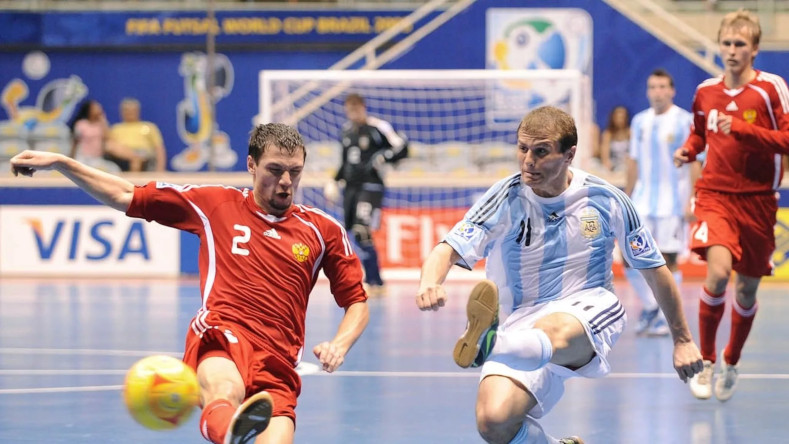Futsal and mini-football are popular alternatives to traditional football, which became popular only in the first half of the 20th century. The first matches in this sport category took place more than 70 years ago but many football fans are confused in these terms even today. These sports have similarities but this article will examine their differences.
Futsal and mini-football: difference
These sports disciplines were divided by FIFA in the 1980s. The reason for this is a problem when trying to control both. Today, it is FIFA that controls and regulates the mini-football competition. AMF is an organization that controls futsal competitions.
There are some differences between futsal and mini-football.
- Ball size. Futsal uses a ball with a shorter circumference. It’s about 58-60 cm. Mini-football uses a ball with a circumference of 64 cm.
- The size of the sports ground. Mini-football is held in an area that is two meters longer and two meters wider than in a futsal.
- The ball hits the mini-football field in a classic way, by hand. The futsal throws the ball on the field with both hands.
- Type of contact of body parts and ball. Mini-football contact is partial. In a futsal, contact is complete.
- Double penalty rules. Mini football penalties are ten meters away, in a futsal they are nine meters.
- Player deleting. The futsal allows a replacement for a remote member of the team, while mini-football allows the intruder team to play only two minutes.
Only a goalkeeper can make a ball roll in mini-football.
All other features of these two sports are similar. These are considered by many to be ideal for children and amateurs.

